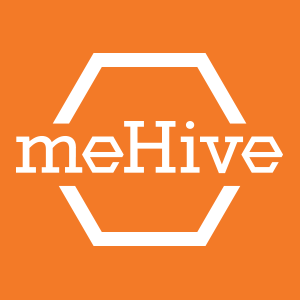
From time to time, SEP makes forays into product development. As a service company, we face many challenges as we do this, the single biggest challenge being allocation of dedicated resources to work on the product. Since our revenue is intimately connected with our people, it is difficult to tie them up in an effort that may or may not pay dividends. To solve this for meHive, our relationship iPad app, we staffed it almost entirely with interns (save a senior developer and project lead), looking to work on a challenging project during the summer. This allowed us to meet several goals at the same time:
- Give interns a good experience building a software product.
- Learn iOS development and deployment to the App Store.
- Develop a product for SEP.
meHive turned out to be a very interesting and fulfilling experience for the interns. We used best practices to build the product, with continuous integration, automated unit and acceptance tests, and an awesome user experience (UX) team to design the user interface. Technologically, we used core data, app notifications, integration with Apple contacts, the camera, the mail client, and other iOS features. We deployed our product to internal users using TestFlight. Summer came and went. With additional development involving new team members between projects, we developed a product that was released to the App Store. We had a great marketing website , with FAQ and support pages. We were proud of our achievement.
Once on the App store, response to the app was tepid, and few users stayed. As time went by, attempts to download the app dwindled, although we regularly tweeted about it, and posted links on major social networks. So what went wrong?
There were three areas where our mistakes appear to have worked against us:
- Product focus:
- We had too many goals for the project when we started it. Although they were important goals, they prevented us from getting the product to market quickly, and iterating on the features.
- Product direction:
- We did not hone in on a single most important problem the app would solve.
- We found out about Lean Startup ideas well into development, after all the interns had left. By then we had built a feature heavy product, which made it difficult to pivot.
- We did not pay close enough attention to the fact that we needed to engage users early in the development process.
- Although we targeted a key persona, we did not validate our assumption that the persona was right.
- Marketing:
- Until we released our app to the App Store, we did not realize that simply associating keywords with our app would not make it show up on the top of searches using the keywords. We would need to invest more in marketing than we were able to.
- We found that we could locate our app on the App Store only by typing its name.
- Social network advertising only goes as far as our network. There was some interest in the app every time a tweet went out, but it subsided soon enough.
- We could not engage users once the app was on the App Store, although we did think of releasing a video to garner interest.
We are a company focused on learning, so despite this setback, we will continue to pursue our product development efforts (à la King Bruce and the spider). And some day we will have a homegrown product that makes a difference in someone’s life.
Build awesome things for fun.
Check out our current openings for your chance to make awesome things with creative, curious people.
You Might Also Like